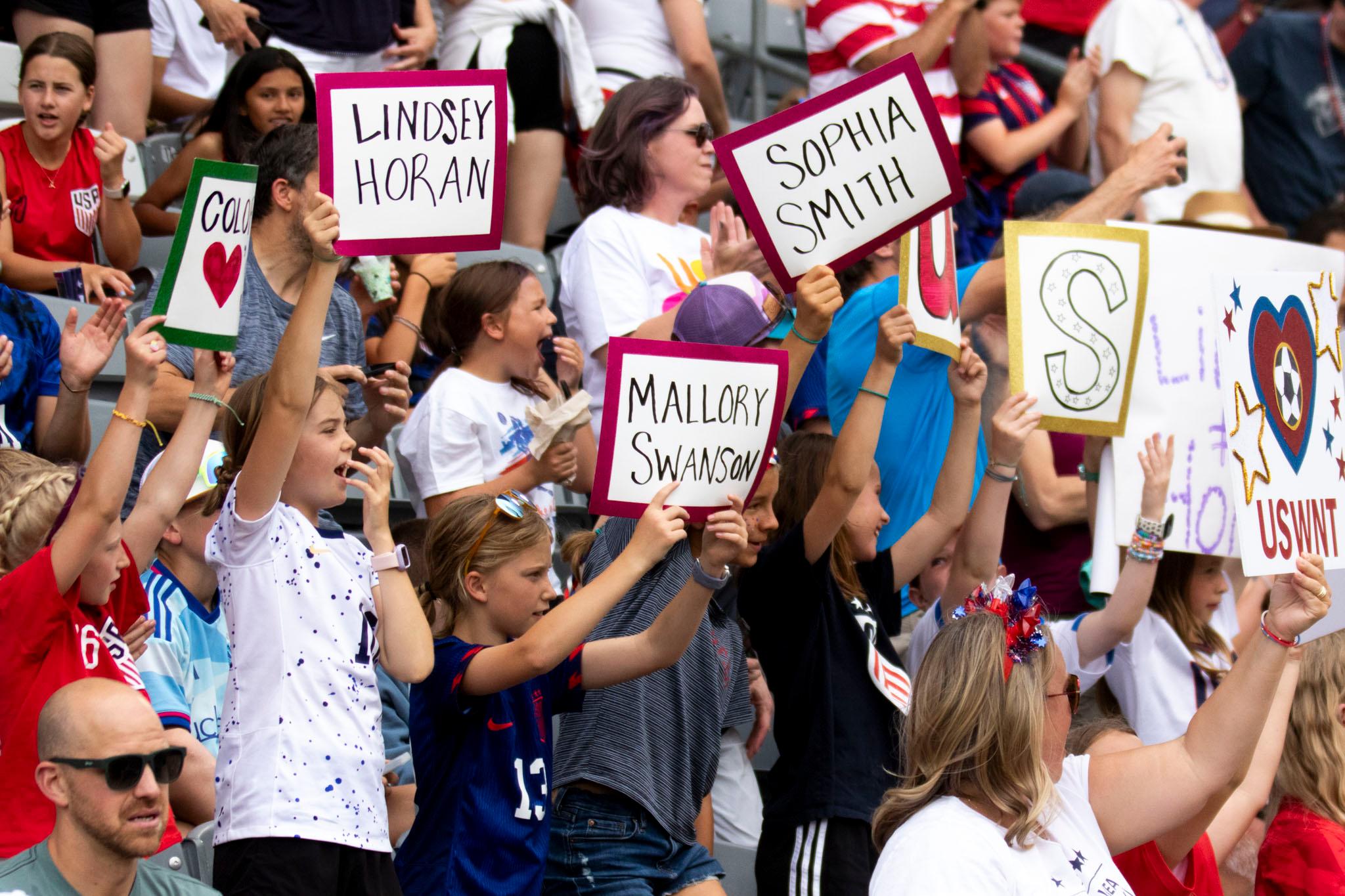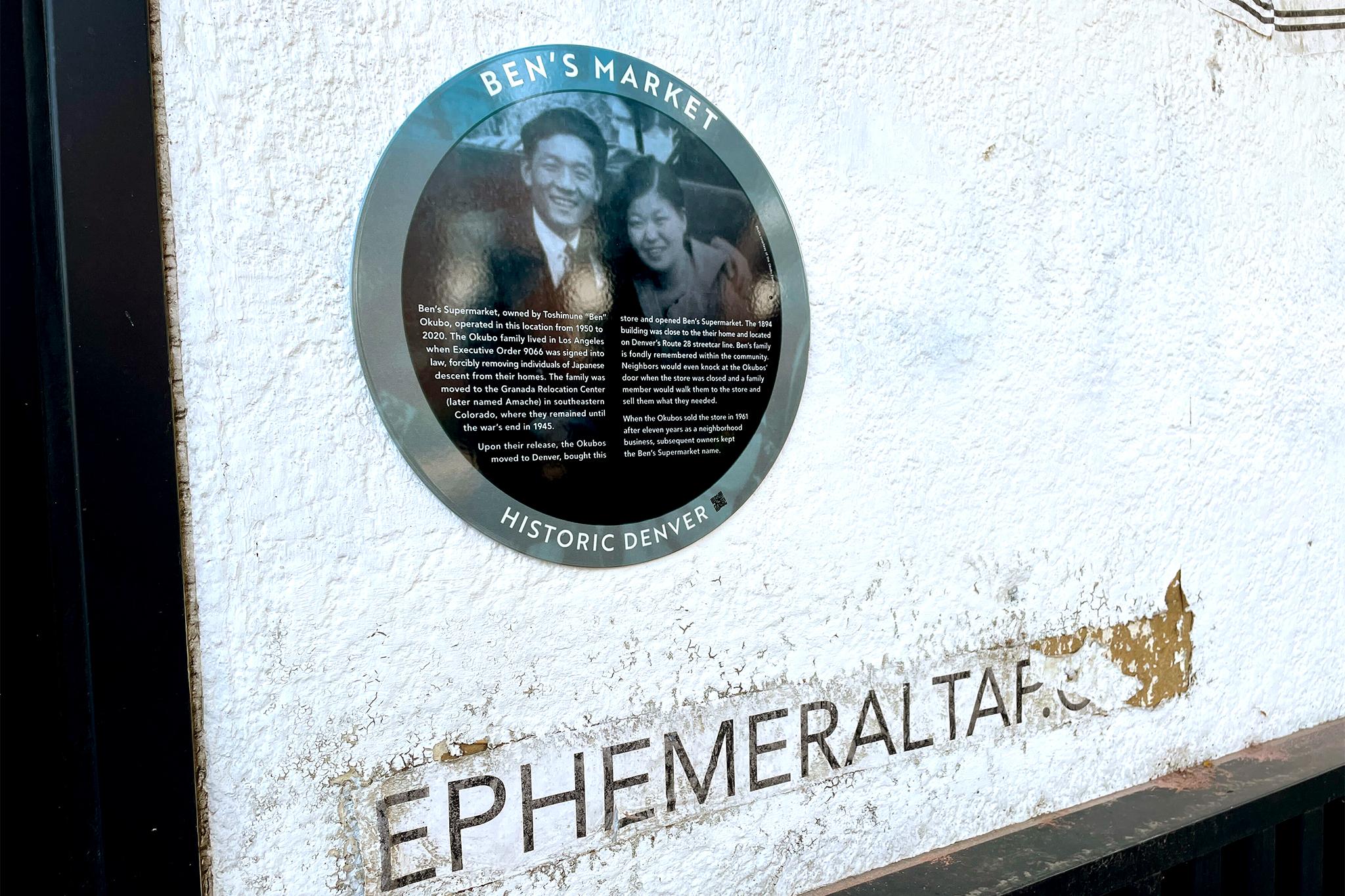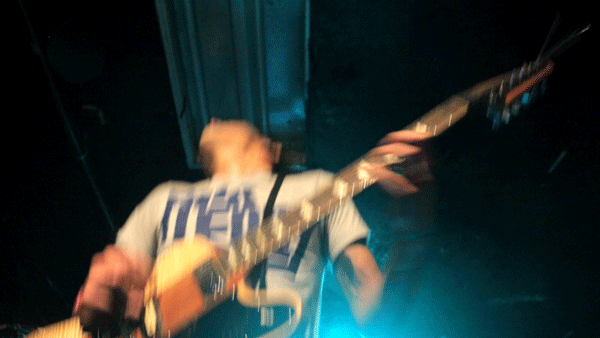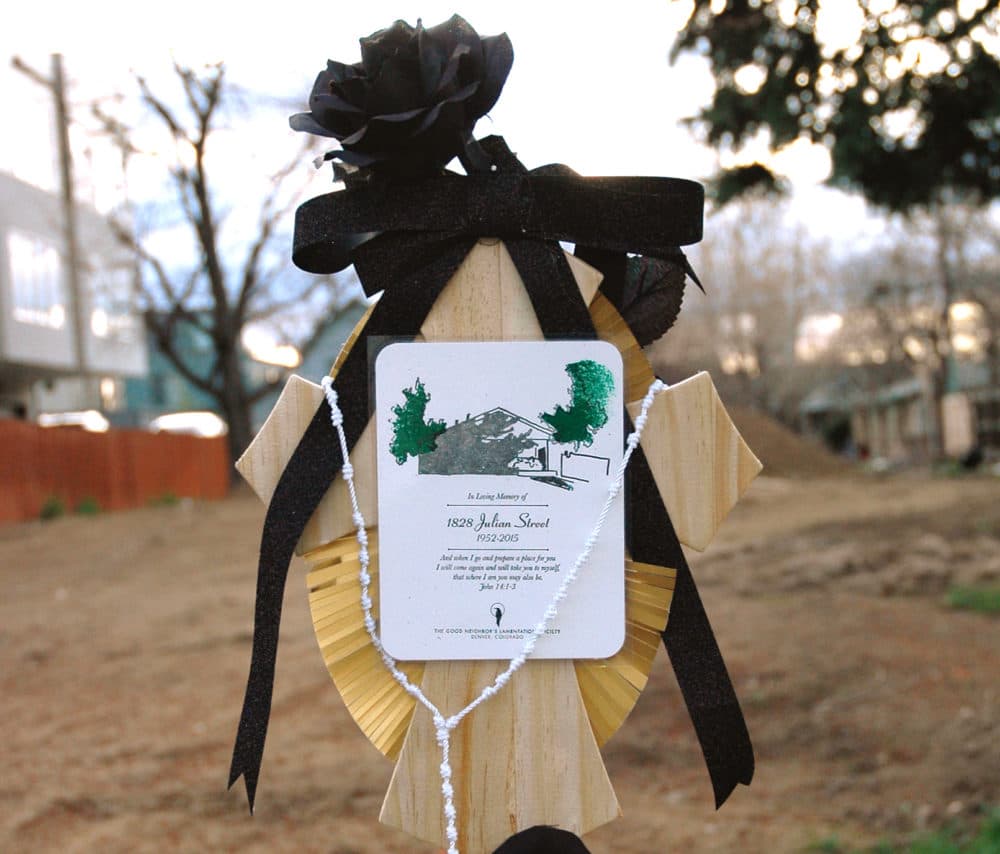
The shrines of the Good Neighbors Lamentation Society are a public expressions of loss, just like any other roadside memorial.
Even though Denver's demolished houses are inanimate, artist and creator Heather Link-Bergman says that people needed a chance to grieve.
For over two years, she's been memorializing houses in the West Colfax neighborhood for her Good Neighbors Lamentation Society project.
"A lot of friends of mine had really strong opinions about [how Denver is changing], to the point that they were getting in these comment flame wars with each other," she explained.
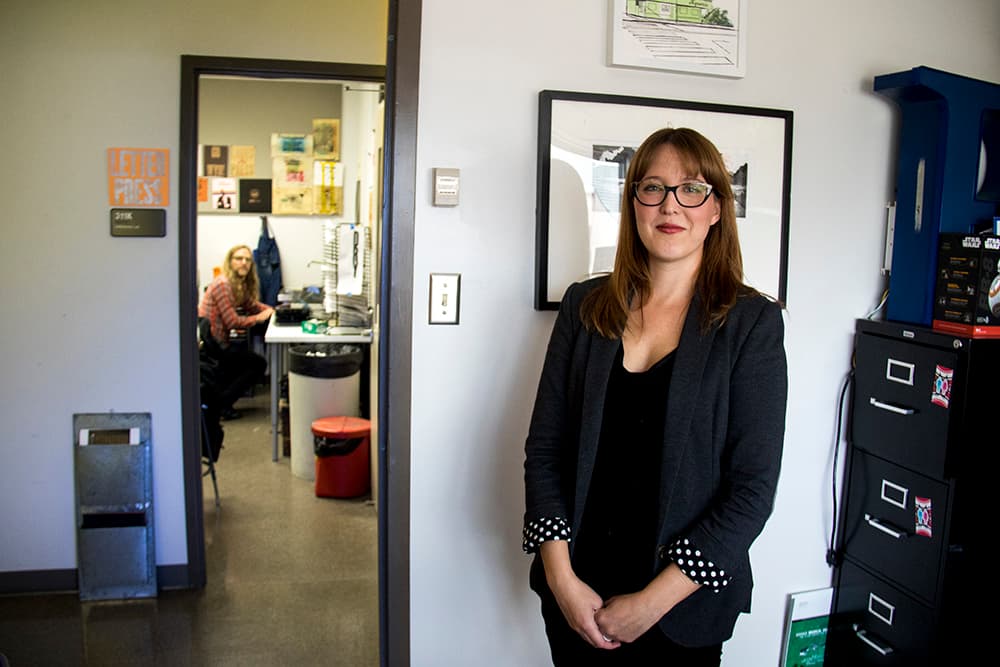
"I made a joke to my husband - 'they need some sort of way to process the grief or some outlet for it,'" she said. "It very quickly became something that wasn't just a joke."
Living in West Colfax meant that Link-Bergman could chart these changes as she walked her dog. Soon, she had a detailed spreadsheet of homes that seemed likely to be demolished. It started with a for-sale sign, then no new residents after the house sold, before finally, the familiar orange mesh fencing was installed.
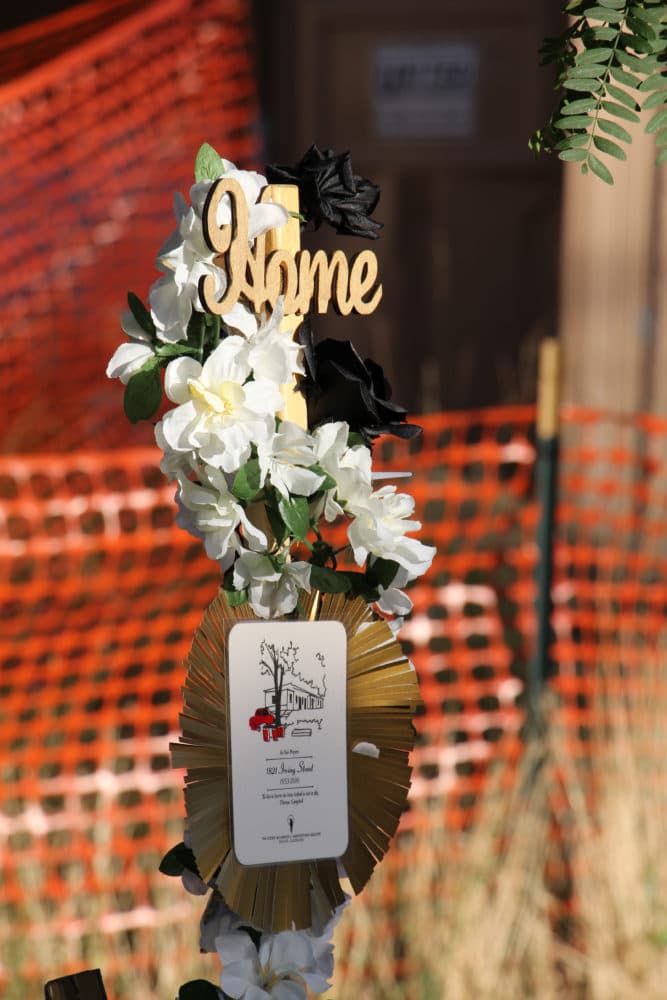
"It was kind of weird in a way, I wasn't looking forward to seeing these buildings get knocked down and get redeveloped," Link-Bergman said.
Then came the memorials. Each house was drawn in simple clean lines, creating a picture that's sometimes more beautiful than the house itself. Link-Bergman said that was an intentional part of the project.
"There's something about each drawing that shows a nice aesthetic to them, even though they may not technically be considered beautiful buildings. "It's touching on this idea that your memory is always going to be very different from what your actual experience was," she said.
"I was coming from this place of wanting to idealize these properties, maybe the way that someone had lived there for a really long time would," Link-Bergman said.
Link-Bergman doesn't really know if her neighbors experienced the project that way though. Out of the six memorials that she installed, four were taken down within 24 hours. Two others survived for a couple weeks.
"The silver lining is that person who took them down probably knew exactly what I was trying to say," she said. "It's not like I fooled them into thinking that this was a memorial that someone would make for a person."
Much later, after she collected her drawings into a zine, Link-Bergman found that her work was prompting the discussion she hoped. But the reaction is oddly timed for the Good Neighbors Lamentation Society.
Link-Bergman herself doesn't live in the neighborhood anymore. In fact, when she and her husband sold their home, they had to choose whether to accept cash-only offers from developers. (They ended up selling to people who wanted to live there, but the temptation was real, she said.)
"I didn't think [the project] had much of a future until it started getting some positive reactions from it," she said. "Right now, I'm interested in maybe memorializing landmark [commercial] properties. ... That would feel like an interesting development because to me, it's signalling a bigger change. "





